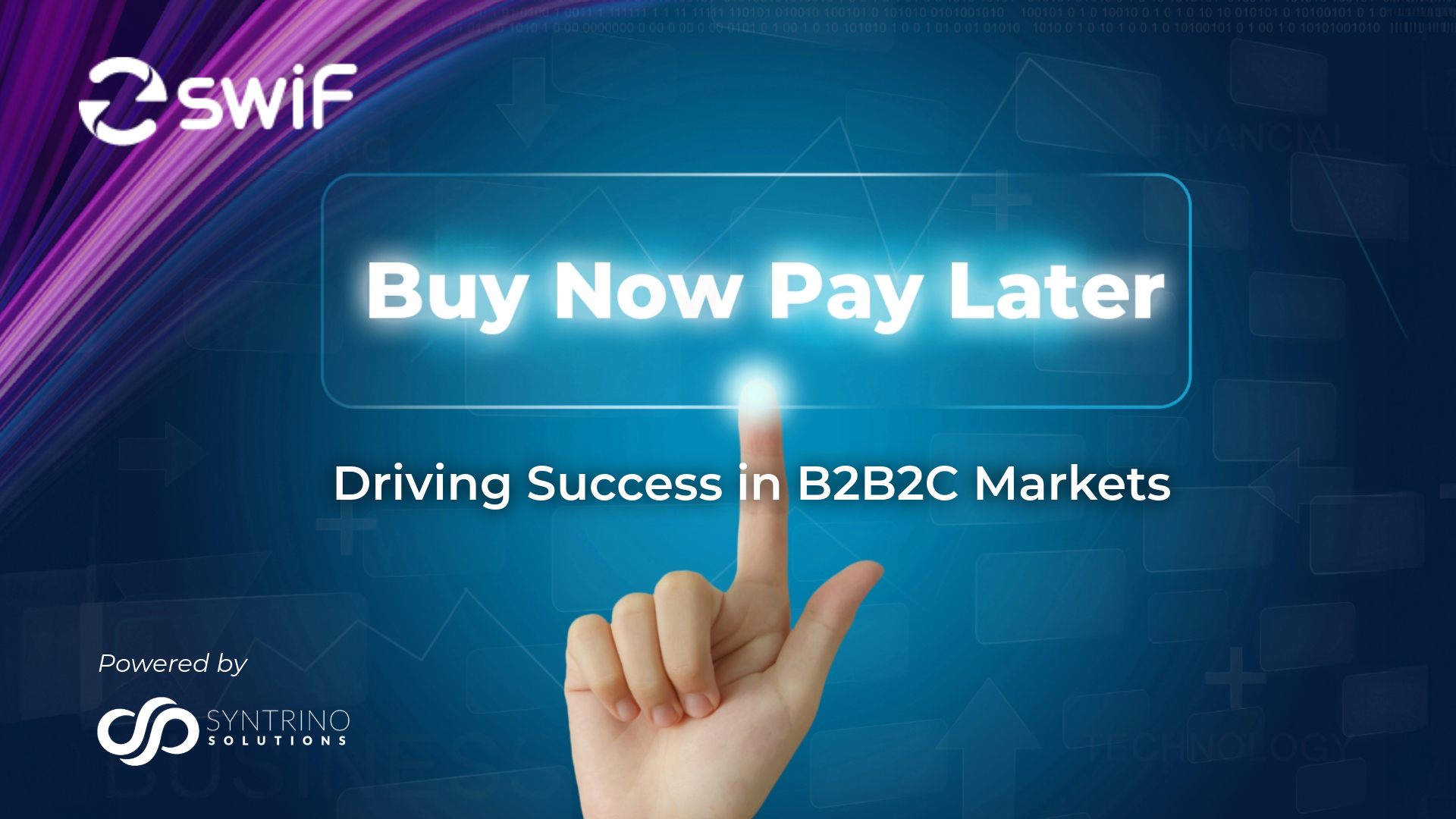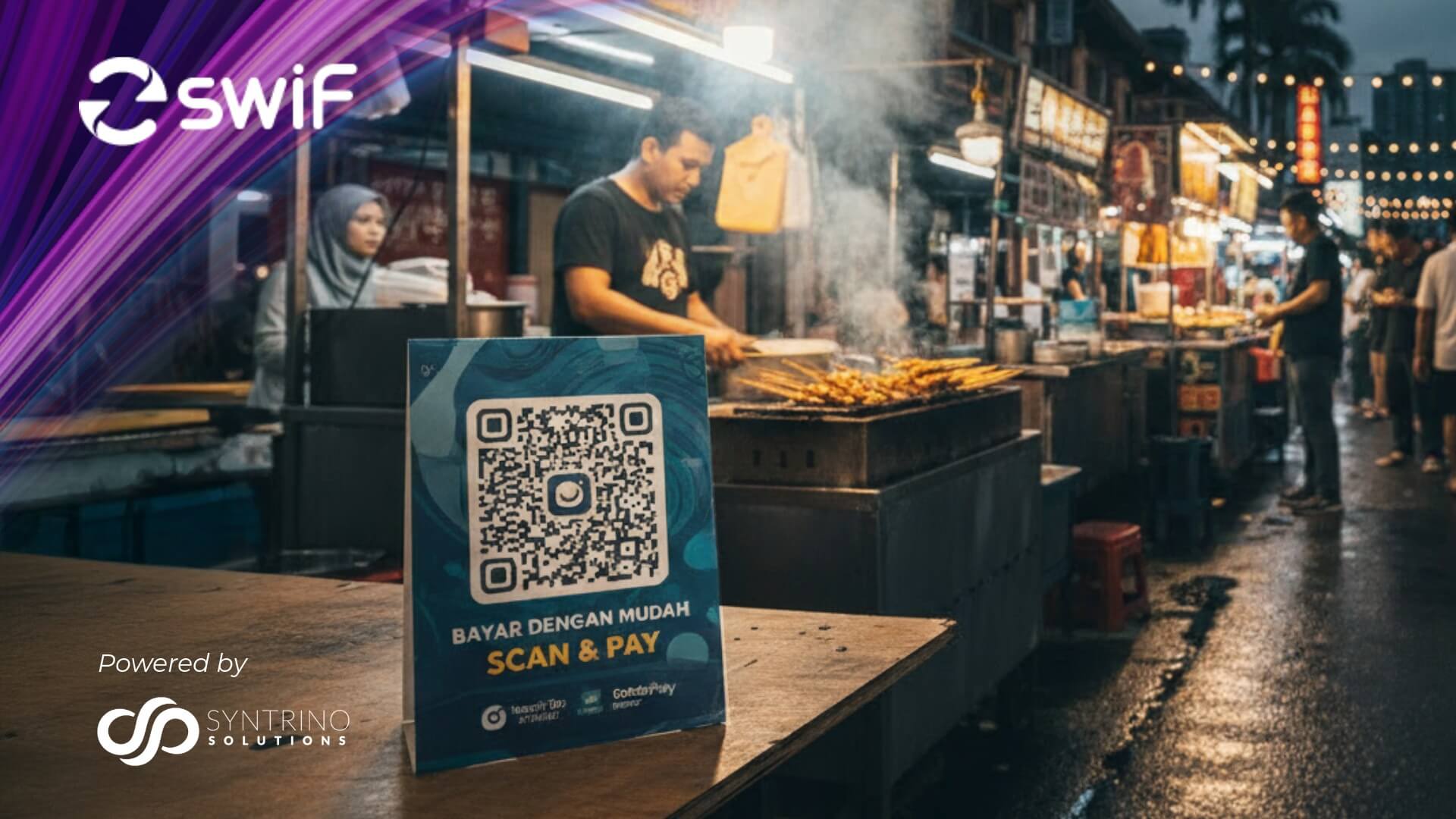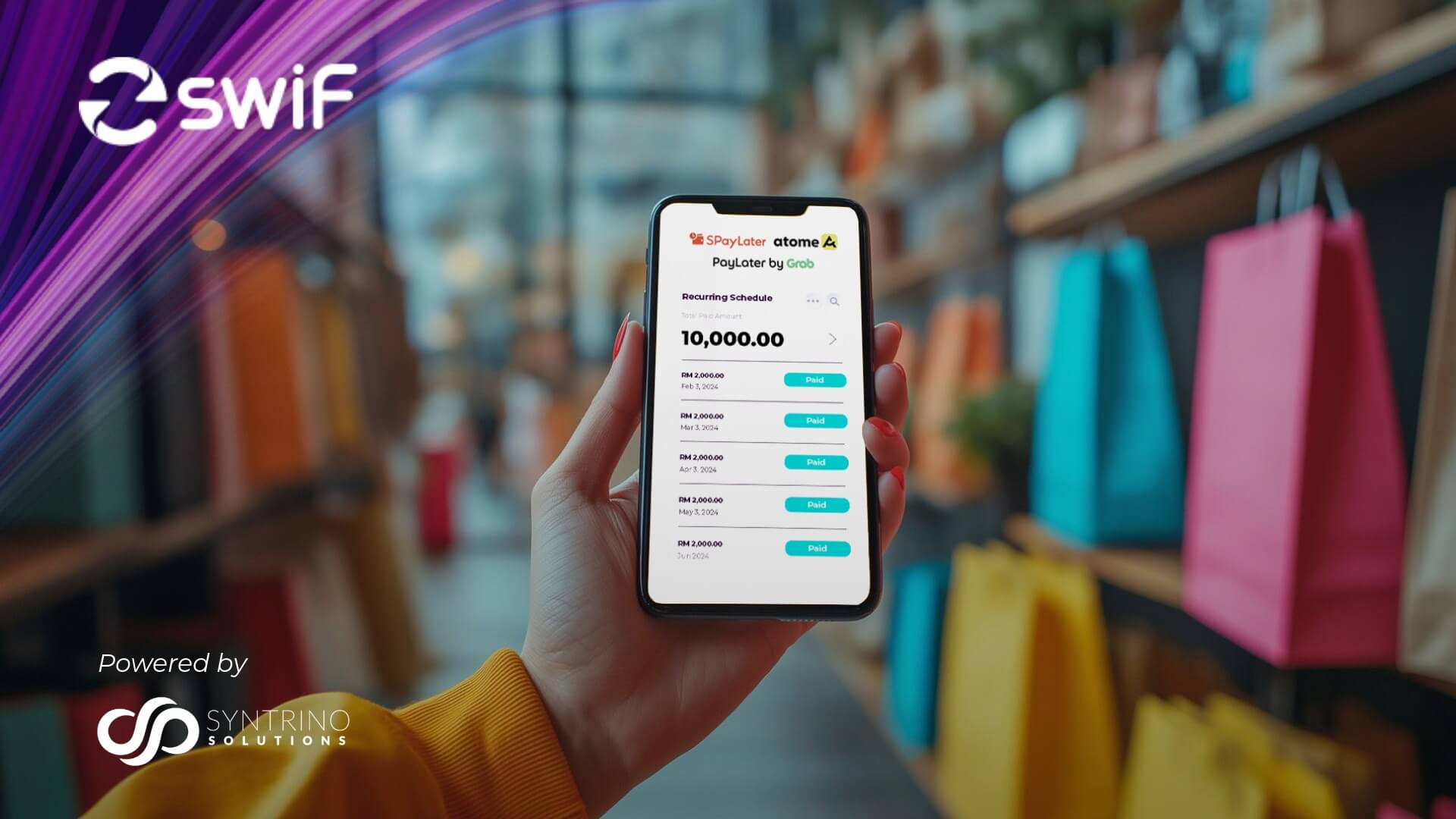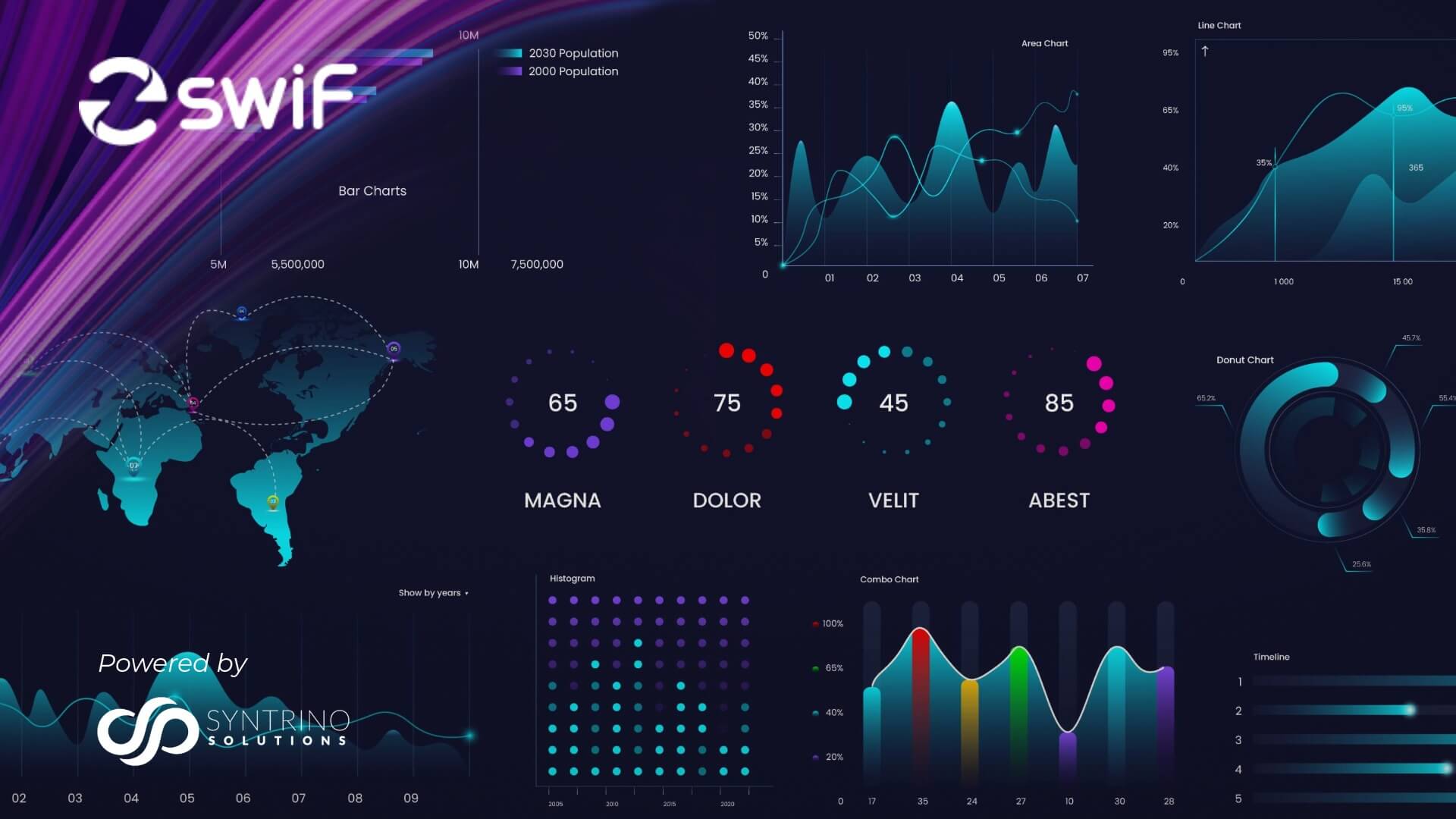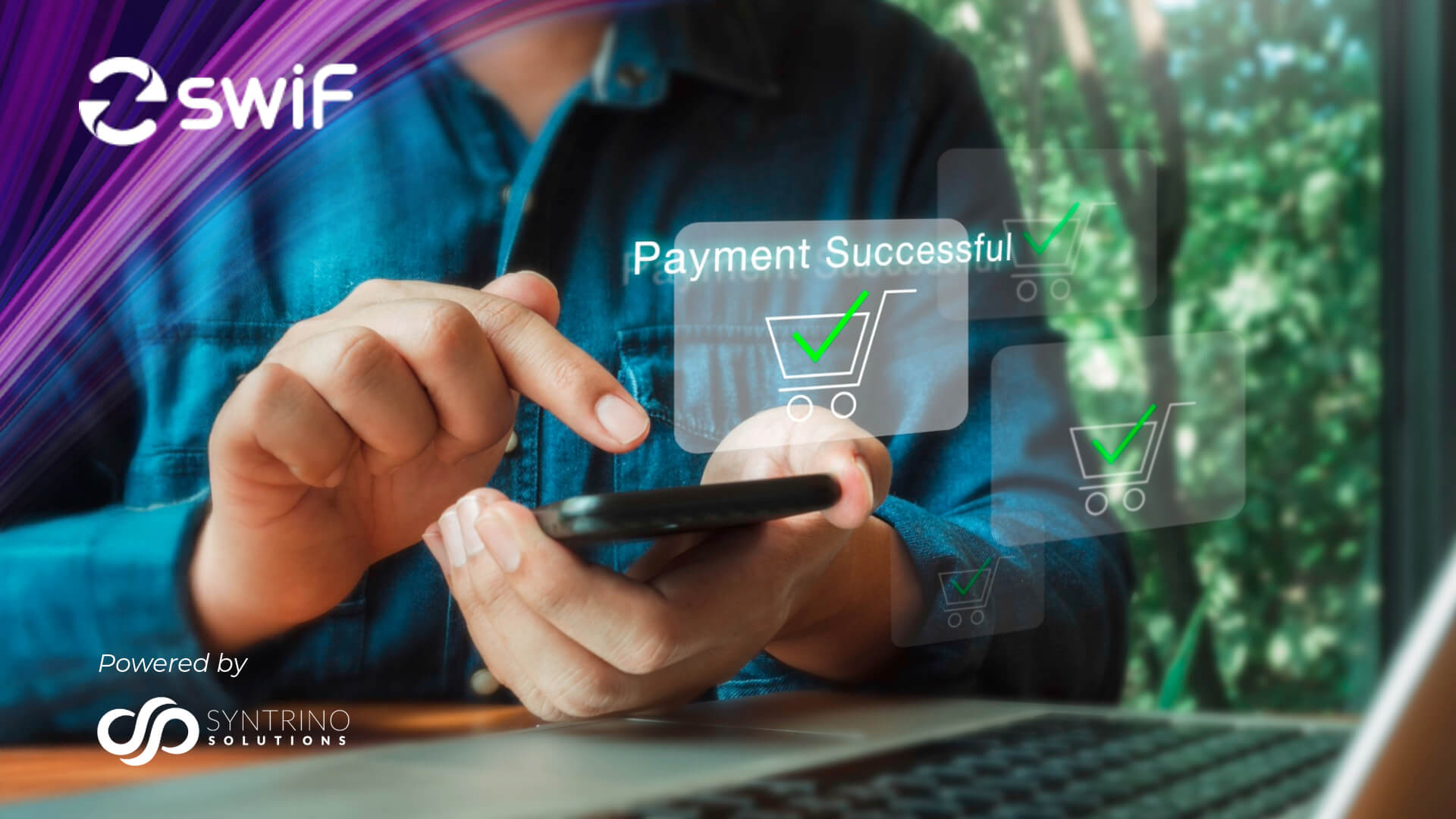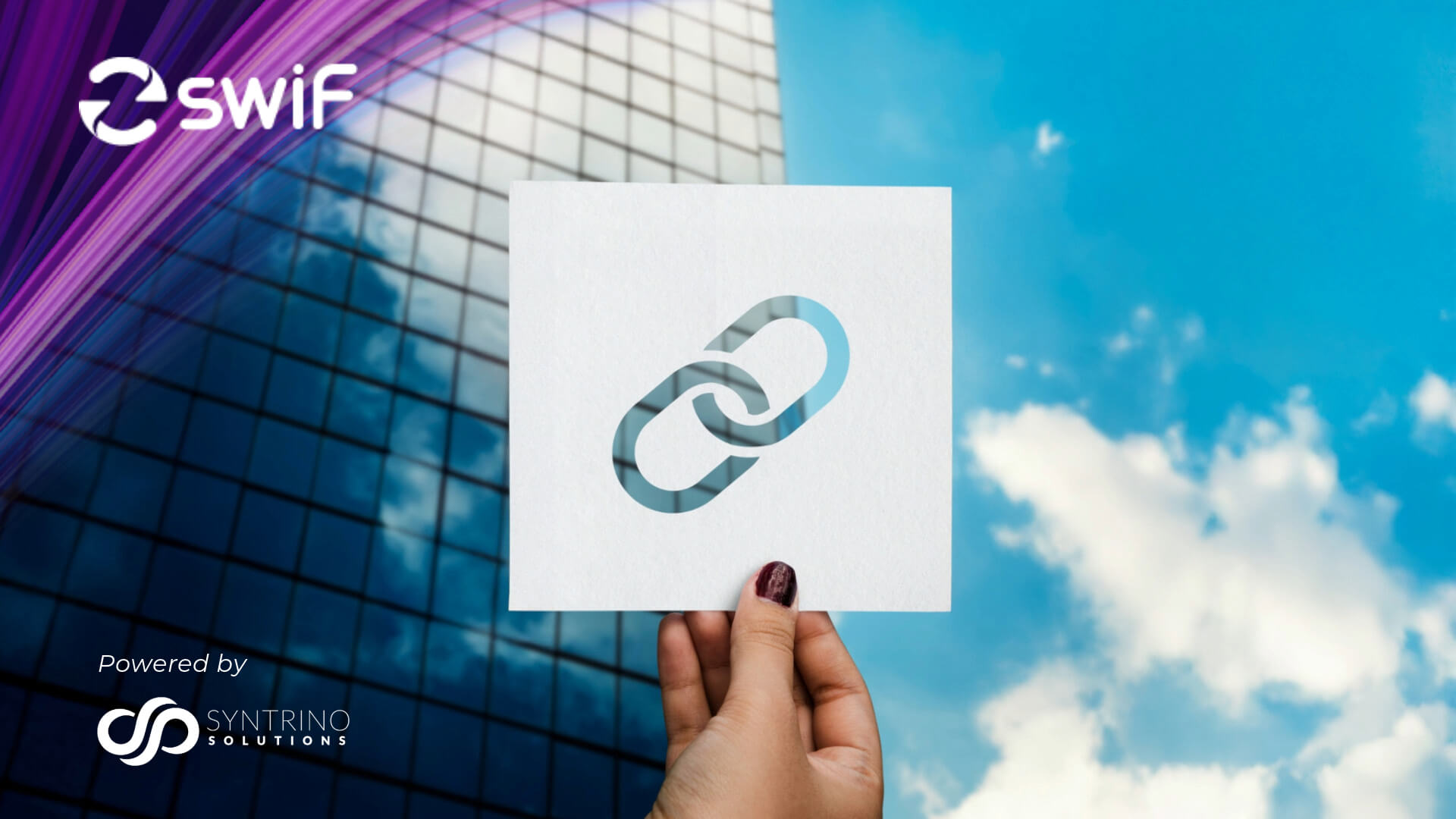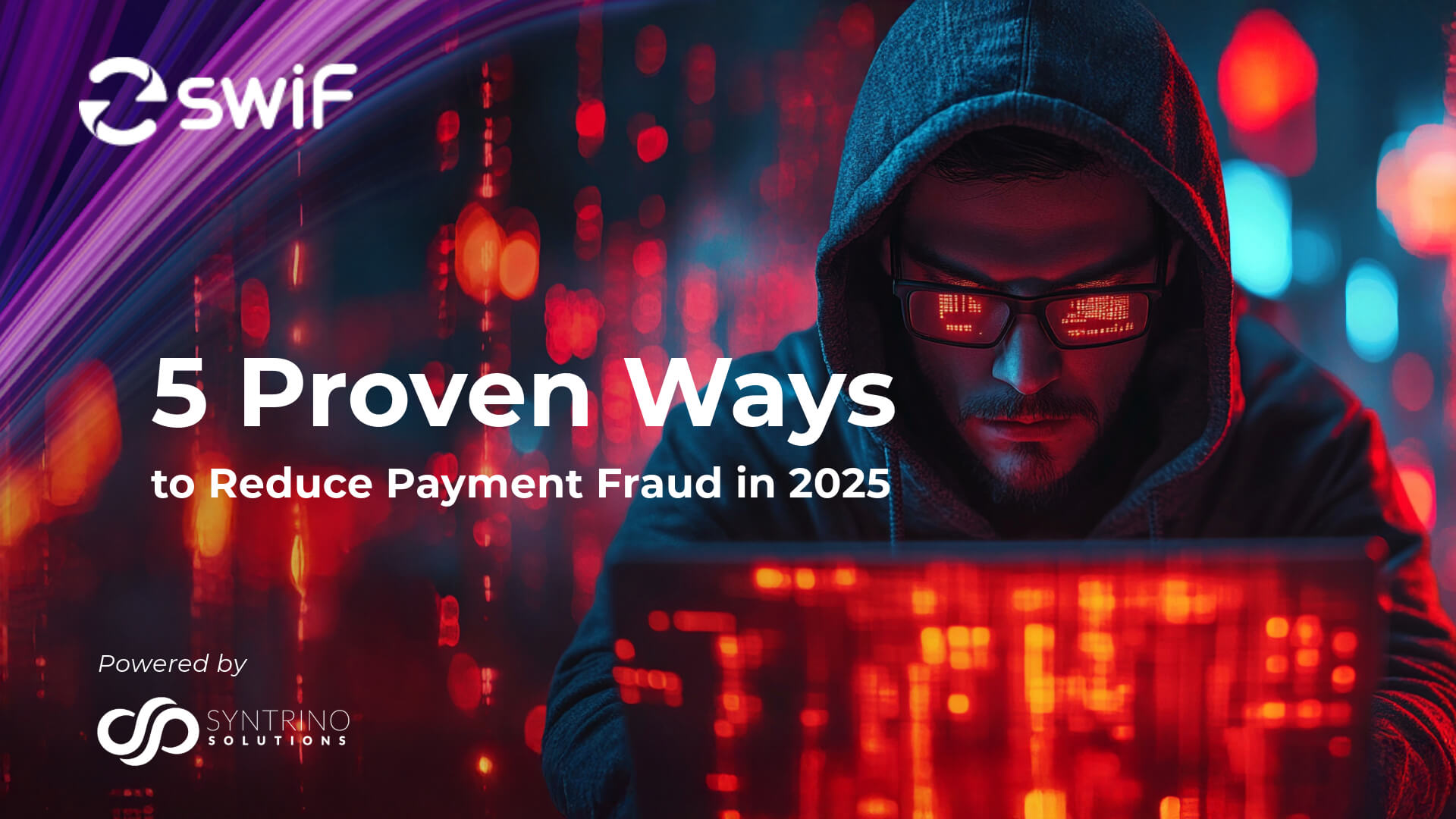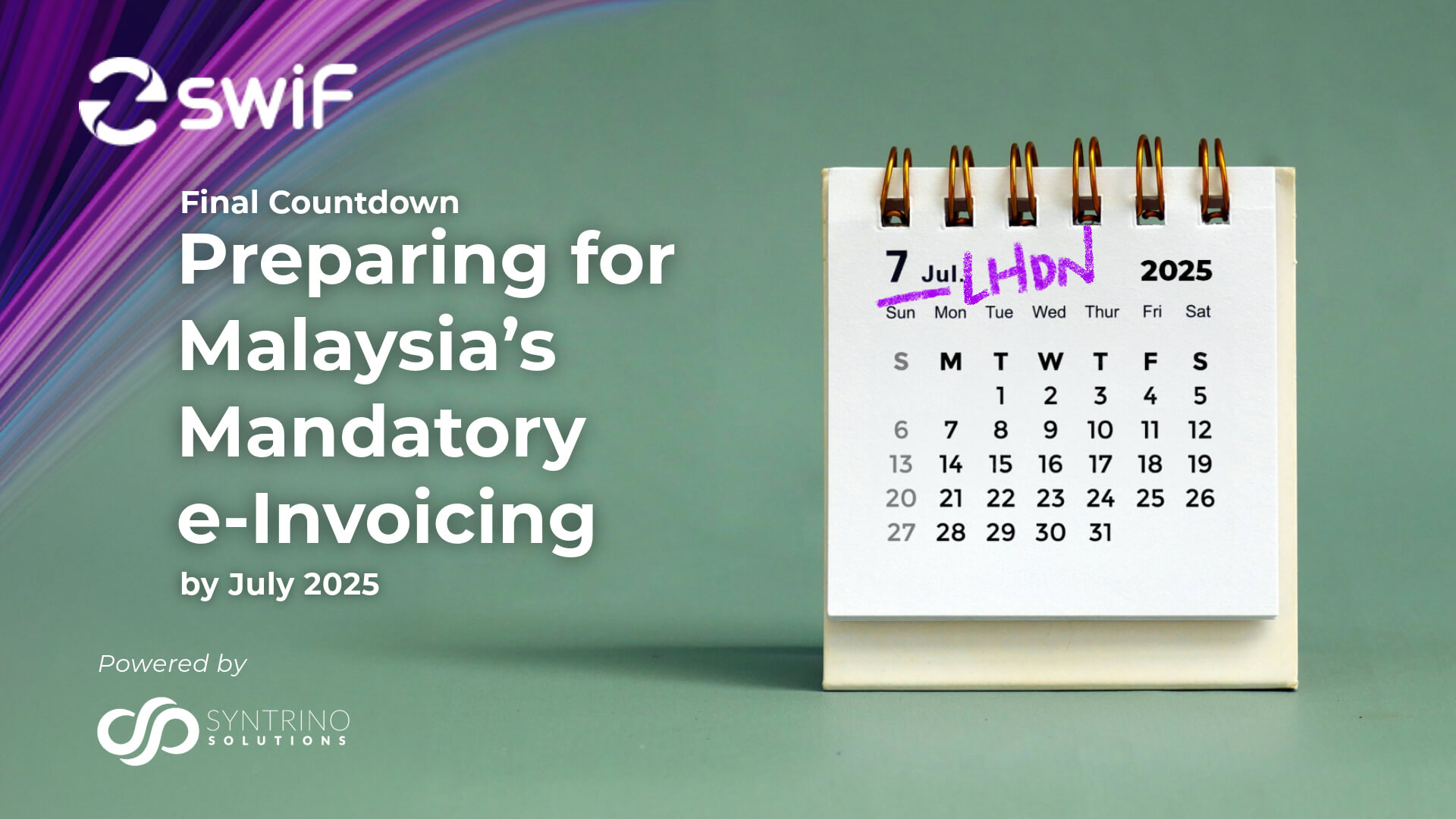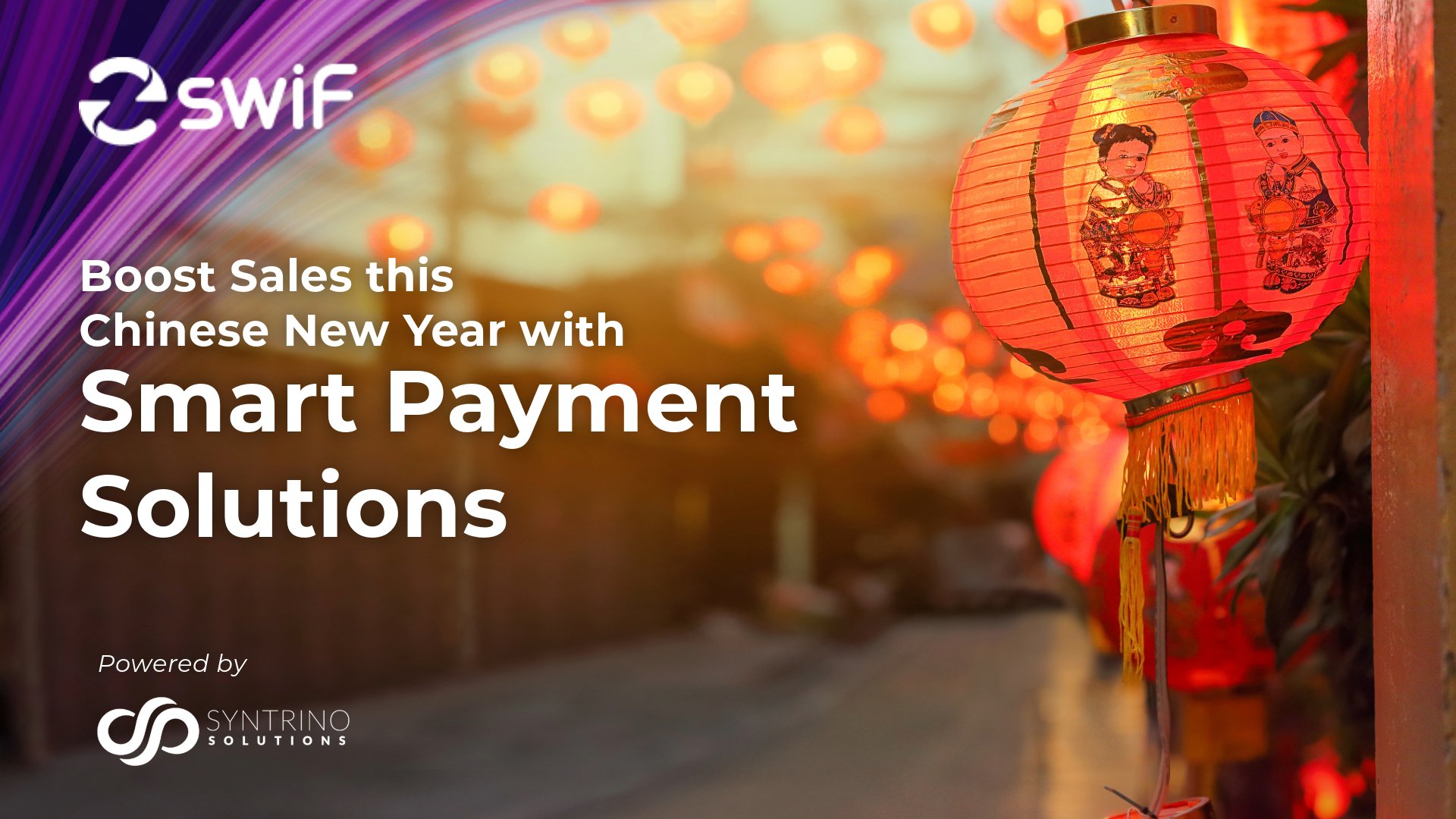The “Buy Now Pay Later” (BNPL) model is transforming how businesses and consumers approach transactions, offering a flexible alternative to traditional payment methods. Particularly within the B2B2C sector, BNPL schemes stand out as pivotal tools for driving growth, improving cashflow, and enhancing customer satisfaction. These programmes allow businesses to purchase immediately and pay at a later date without a down payment, bridging the gap between procurement and budget constraints.
In this article we look into BNPL in the context of B2B2C fintech, highlighting the advantages it brings to both businesses and consumers. From the integration of technology in finance to the strategic leverage it provides businesses in a competitive market, BNPL emerges as a transformative element, revealing its indispensability in facilitating business growth and consumer access to goods and services.
Understanding Buy Now Pay Later (BNPL) in B2B2C Fintech
Buy Now Pay Later (BNPL) in the B2B2C fintech sector refers to a payment model that enables businesses to make purchases and defer the payment over time, through instalments.
BNPL service providers earn revenue through transaction fees imposed on merchants. In exchange, they empower merchants to expand their customer base by enabling more consumers to afford purchases, thereby boosting cart conversions and increasing sales volumes.
The global BNPL market has witnessed significant growth, spearheaded by key players such as Klarna, Afterpay, and Affirm. These companies have revolutionised the payment landscape by aligning incentives between merchants and consumers, thereby enhancing the shopping experience and boosting merchant sales. Klarna, based in Sweden, has achieved a valuation of $10 billion, making it one of the largest VC-backed companies in Europe. Afterpay, originating from Australia, boasts a market cap exceeding $20 billion, while Affirm in the U.S. has entered the public market with a valuation above $25 billion.
These companies have successfully integrated their services into numerous e-commerce platforms, demonstrating the scalability and effectiveness of the BNPL model in the digital marketplace.
Advantages of BNPL for Businesses and Consumers

Benefits for Businesses
BNPL schemes significantly enhance business operations by increasing Gross Merchandise Value (GMV) and Average Order Value (AOV), thus fostering greater revenue growth. Businesses can also see increased repeat purchasing, which is crucial for customer retention and long-term viability. By adopting BNPL, companies protect their working capital and streamline revenue recognition, which is essential for maintaining liquidity and financial health. Furthermore, BNPL enables businesses to compete effectively with larger marketplaces by reducing balance sheet risks and creating operational efficiencies, allowing them to focus more on growth and less on managing payment and finance.
Benefits for Consumers
For consumers, BNPL offers increased accessibility to products and services by allowing them to defer payments and manage their budget more effectively. This flexibility can lead to a higher Average Order Value (AOV) as consumers are more likely to increase their purchase sizes when given the option to pay later. Additionally, BNPL solutions can improve conversion rates by making immediate purchases more attainable, thus enhancing the overall shopping experience. Regular users of BNPL services, demonstrate high engagement levels, indicating strong consumer appreciation and reliance on these flexible payment options.
Future Trends and Developments in BNPL
Technological Innovations
As the BNPL sector evolves, significant technological advancements are anticipated to enhance the efficiency and security of transactions. Innovations such as artificial intelligence and machine learning are set to refine risk assessment processes, enabling more accurate credit decisions and personalised payment plans. This will likely lead to a broader acceptance of BNPL services across various market segments.
Market Predictions
The BNPL market is projected to continue its rapid expansion. Analysts predict a significant increase in adoption rates among both B2B and B2C sectors, driven by consumer demand for more flexible payment solutions and the increasing integration of BNPL services into major payment gateways and e-commerce platforms.
Conclusion
Buy Now Pay Later (BNPL) schemes have become crucial in empowering businesses to enhance liquidity, drive growth, and improve consumer access to products and services.
As the digital marketplace continues to evolve, the future of BNPL presents both promising opportunities and areas necessitating vigilant oversight. Technological innovations and the anticipated market expansion suggest that BNPL will significantly influence the way businesses operate and interact with consumers.
Want to learn more about how B2B2C fintech can transform your business? Schedule a consultation with our team of experts today. We’ll help you assess your specific needs, identify the right solutions, and guide you through the implementation process to ensure a seamless transition and maximum ROI.
SwiF is Malaysia’s Leading-Edge B2B2C Fintech Solution.
Powered by Syntrino Solutions, Southeast Asia’s leader in supply chain management, SwiF’s digital Collection and Payment gateway streamlines B2B2C transactions with simplicity, transparency, and visibility.
Our comprehensive Payment Gateway solution enables businesses to accept various payment methods, online and offline, including major credit cards, online banking, e-wallets, BNPL, invoice financing, and micro-financing.
—-
FAQs
1. What makes Buy Now, Pay Later (BNPL) appealing to consumers?
BNPL allows consumers to divide their payments into smaller, more manageable instalments. This is particularly useful for larger purchases, as it eliminates the need to pay the full amount upfront. Typically, these payments are spread out over a period, with intervals ranging from two to four weeks.
2. Why do businesses offer Buy Now, Pay Later options?
Businesses provide BNPL options primarily to extend short-term credit to customers and consumers who might not have access to other credit sources, possess credit cards, or have low credit limits. This not only benefits consumers but also helps businesses by potentially increasing sales and customer loyalty. Some credit card companies also allow cardholders to convert their purchases into instalment plans post-purchase.
3. How does the B2B2C business model benefit a company?
In a B2B2C (Business-to-Business-to-Consumer) model, a company can boost its brand credibility and awareness. By partnering with other businesses and leveraging shared customer bases, a company can expand its reach and visibility, which in turn helps in building trust and establishing a stronger presence in the market.
4. What are the advantages of Buy Now, Pay Later for businesses?
Offering BNPL can lead to several benefits for businesses, including:
- Increased sales as customers are more likely to make purchases with flexible payment options.
- Higher average order values since customers can spread the cost over time.
- Improved cashflow by receiving payments incrementally.
- Enhanced customer loyalty through convenient payment solutions.
- Marketing advantages by attracting customers with favourable payment terms.
However, there are also challenges such as the risk of customer defaults, potential impacts on cashflow, and fees charged by BNPL providers.









